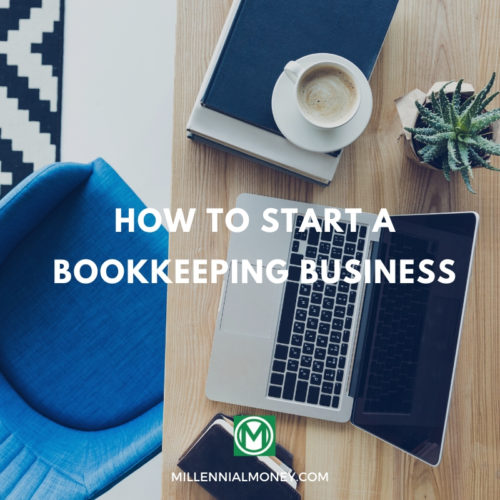Is this the year you’re finally committing to starting a new business? Are you struggling to find ways to fund your business because of money issues?
Well, I have some good news! This post provides a simple business checklist for starting a new business even when you don’t have the money upfront.
If you’re ready to join the workforce as a small business owner, use this checklist as a resource for starting a new business the right way!
5 Tips to Start a Business with No Money
- Start a Side Hustle
- Determine Your Financial Needs
- Seek Out Alternative Funding
- Explore Crowdfunding Options
- Accept Payment from Anywhere
1. Start a Side Hustle
First off, I mean seriously, start a side hustle, ON TOP of keeping your 9 to 5 job. If you’re unsure of what kind of new business to start, the best thing to do is keep your day job.
You can launch a side hustle and leverage your current experience, resume, and income for starting a new business.
Starting a side hustle means you can test out your idea, start charging for your services, and see what kind of clients want to work with you — all before putting a lot of money at risk.
Maybe you want to offer virtual assistant services or become a freelance writer. But will either of those freelance businesses actually make you money right now?
A side hustle is a perfect way to experiment and find out before diving in head first and ending up broke or in debt.
2. Determine Your Financial Needs
What do you really need to start your business? It’s time to do the math!
As new business owners, we’re often met with unrealistic ideas of what we need to get our businesses going. But in fact, your financial needs may be a lot less than you might think.
Take a minute to write out all of the capital, assets, and funding you’ll need to get your business off the ground.
I’m talking, about the absolute basics! Think bare bones, here.
Next, work on a business plan for how you can make this happen with the least amount of money possible. Is there a way to reduce costs by bartering services? Can you use money from savings?
Get creative and think outside the box here!
3. Seek Out Alternative Funding
It’s not always easy when starting a new business to get the funding you need.
Startups and small business owners often seek out traditional funding from big banks, but without a proper history of credit, financial institutions often find this a risky undertaking.
The good news for startup company owners is that there are alternative funding methods! In fact, one of the best examples is invoice factoring. Never heard of it?
Invoice factoring is a process in which a factoring company essentially purchases another company’s outstanding invoices at a slightly discounted rate. This company will then liquidate the invoice immediately and collect payment from the client’s debtors as the pay period transpires.
This service comes in handy for startups and small business owners who can’t afford to wait 30-90 days for their clients to make payments. It’s a pretty great solution for cash flow issues!
It’s important to know that factoring companies do take a percentage of the invoice’s value for themselves (this is called a “factoring fee”). But they do take on the responsibility of receiving payments from your clients, so it may be worth the fee when you are first starting your new business.
4. Explore Crowdfunding Options
Another great alternative funding source is crowdfunding. These online platforms allow small business owners to raise both money and awareness for their products, in return for much-needed cash flow.
Sites like Kickstarter and Indiegogo have changed the way entrepreneurs are raising money to fund their new businesses. You can even look into getting small crowdfunded loans (that must be repaid back over time) using a site like Kiva.
No matter what you’re selling, crowdfunding is another great way to get people to invest in your business.
5. Accept Payments from Anywhere
A separate business bank account not only allows you to track all of your business tax deductions but also makes it easy to accept all forms of payments.
You can start accepting credit cards, PayPal payments, and even card readers while at in-person meetups and events.
New technology like payment apps makes it possible to accept payments from anywhere. This money can then be directed into your business bank account, making it easier to track and use to reinvest into your business.
By giving customers and clients more payment options, you can expand your business by making yourself more accessible and, hopefully, cut down on the number of payment problems that you run into in the future.
Starting a New Business
As a new business owner, it’s important to know what your strengths and weaknesses are. By using alternative funding methods and starting small, you can start growing your business today!
In Summary:
- Don’t quit your day job — start a side hustle
- Determine your financial needs
- Seek out alternative funding
- Explore crowdfunding options
- Accept payments from anywhere
Plus, there’s no rule that says you have to go it alone when starting a new business.
As someone who launched my own business, I know what it’s like to have an idea but struggle to see it through.
Use these tips as a guide for starting a new business and actually making money this year — even with little-to-no resources!




No comments yet. Add your own